Electric and Hybrid Powertrains for U.S. Army Vehicles
The US Army is trying to study and master any new technologies that can provide certain advantages. She recently turned her attention to electric and hybrid powertrains for automobiles. Full-scale research and design work of various kinds has already been launched. If they succeed, the Pentagon may update its plans to develop an army vehicle fleet.
Prospective projects
Leading American developers of military equipment, seeing the interest of the armed forces and other customers, have already proposed several concepts for military electric vehicles. In the presence of real orders, such projects will be developed and tested. The new vehicles will then have a chance to enter supply, although such results are not guaranteed.
One of the first projects proposed was a deep modernization of the serial Oshkosh JLTV armored car. Its developer points to the fundamental possibility of replacing a mechanical transmission with electrical systems driven by a standard diesel engine. If necessary, the hybrid armored car will be able to work as a mobile power plant.
However, the Pentagon has not yet become interested in this proposal, and only vehicles with a standard transmission based on mechanics enter the army. It is not known whether the customer will change his opinion, but it is quite possible that over time the army will come to such a decision. JLTVs are set to be produced within the next 20 years and the hybrid project could get the attention it wants.
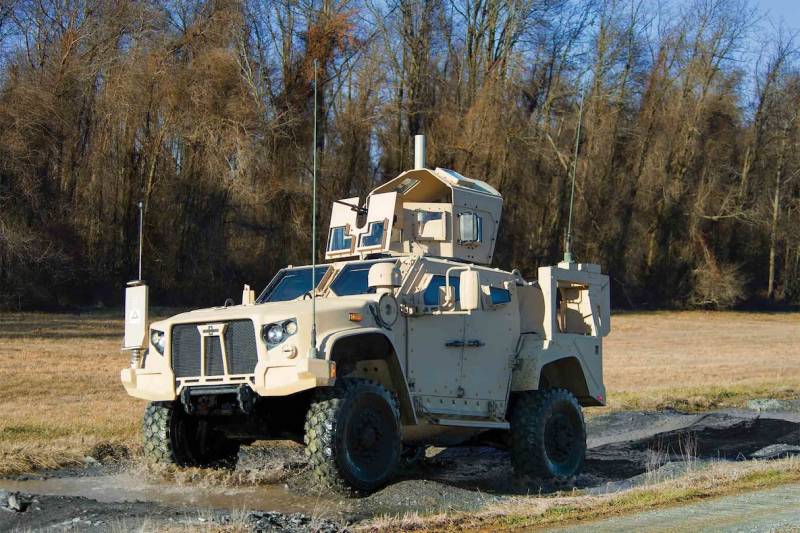
Oshkosh JLTV armored car in serial configuration. In the future, it could get a hybrid powertrain. US Department of Defense Photo
Right now, General Motors Defense is mastering the mass production of light multi-purpose vehicles ISV (Infantry Squad Vehicle). In their current configuration, they are equipped with a turbocharged diesel engine and an automatic transmission with four-wheel drive. In this type, the vehicles are delivered to the troops for trial operation.
A few months ago, it became known that GM Defense had developed and built an experimental version of the ISV with an all-electric propulsion system. It is now undergoing factory testing and is scheduled to be presented to the Pentagon. It is possible that some of the vehicles required by the army will eventually be built in an updated electrical configuration.
Last year, GMC unveiled the Hummer EV, an all-electric platform that will power civilian pickups and SUVs. Recently it became known that a multi-purpose military vehicle will be created on the basis of this platform. Such a machine can become a functional analogue of the existing HMMWV: it will be a transport for people and goods, or a carrier of weapons and special equipment.
Scientific approach
As you can see, the American industry is already ready to create new electric vehicles for the Pentagon with sufficiently high performance and wide capabilities. However, the army is in no hurry to accept such proposals and first intends to carefully study new technologies. So, this year, a major study was carried out to determine the real scientific and technical potential of electric vehicles.
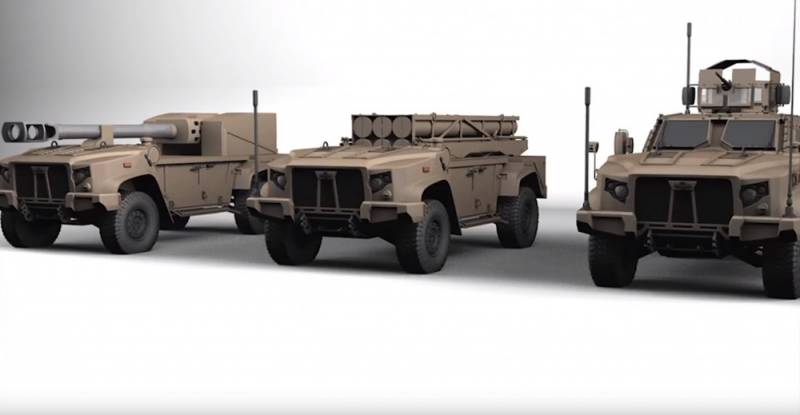
A promising family of manned and unmanned vehicles based on the JLTV chassis. Perhaps the project will use hybrid systems. U.S. Department of Defense graphics
The Powering the US Army of the Future study was launched in April at the initiative of the Army's Command of the Future. They were recruited by six commercial companies in the automotive and electrical industries. Within two months, they had to study all the basic concepts of electrical power plants, finding their strengths and weaknesses. They also had to be compared with the JP8 diesel units.
Overall, the study confirmed the already known facts about electrical power plants. It has been re-established that EVs have pros and cons, but the ratio is still far from ideal. Accordingly, such a technique is unlikely to be of interest to the army - both now and in the long term.
It has been confirmed that the electric installation is more economical in financial terms than the diesel one, and also surpasses it in some characteristics. Thus, electric motors improve the dynamics of the car and provide more torque over a wide range of speeds. In addition, they differ in times less acoustic and thermal signature.
However, there are significant problems. For example, diesel converts liquid fuel directly into mechanical energy for propulsion. An electric car can be charged from a diesel generator, but in this case an additional stage of energy conversion is added to the overall chain, which reduces the final efficiency of the entire system.
In terms of energy parameters, existing batteries cannot be compared with liquid fuel. For example, the energy from burning 1 gallon (3,8 L) of JP8 fuel is equivalent to charging a 140 lb (63,5 kg) lithium-ion battery. Accordingly, to replace the 87-liter fuel tank "Humvee" requires a battery weighing almost 1,5 tons. Obviously, such "modernization" of the car simply does not make sense.
Unlike a car with an internal combustion engine, an electric car cannot carry fuel cans with it, and needs an energy source to charge it. Thus, at bases or during deployment, additional generation and distribution systems will have to be provided to meet the "demand" for new technology. In addition, in this context, there is a time-consuming problem: filling diesel fuel into the tank takes several minutes, while charging an electric vehicle can take several hours.
The survivability and combat stability of electric vehicles is highly questionable. Traditional propulsion systems are well suited to this type of requirement. Thus, damage to the fuel system does not always lead to an immediate fire, and the engine still retains the ability to work for some time and take the car out of the fire. In the event of similar damage, the battery will at least fail and immobilize the electric vehicle. In addition, there is a high risk of immediate fire or explosion, and modern batteries are extremely difficult to extinguish.
Directions of development
The main result of the research "Powering the US Army of the Future" was the conclusion about the lack of perfection of "clean" electric power plants. With all their advantages, in terms of the combination of technical, operational and economic characteristics, they are inferior to traditional systems with internal combustion engines.
This lag is based on the insufficient capacity of the current batteries. Despite all the progress of recent years, they are still inferior to liquid fuels. This limits the characteristics of the equipment, and also requires the creation of a special complex infrastructure for it.
The authors of the study believe that in their current form, electric vehicles are not of practical interest to the army. The expected progress in the battery field is unlikely to change this situation in the short and medium term. Nor should the army be expected to be able to create all the necessary infrastructure within a reasonable time frame.
If the army still intends to switch to electric traction, then it should pay attention to hybrid power plants. Chassis with diesel generators, batteries and traction motors differ from "clean" electric vehicles by a better balance of basic functions and capabilities. In addition, the available technologies already make it possible to create a car with an acceptable level of performance.
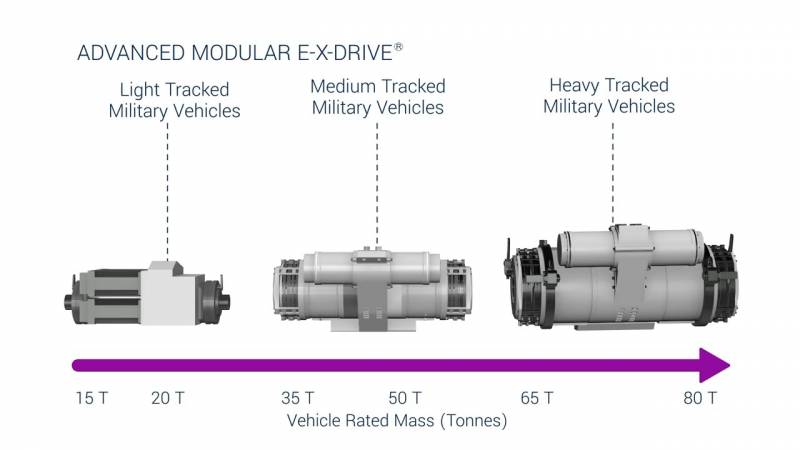
Three variants of QinetiQ EX-Drive electric transmissions for vehicles of different classes. QinetiQ graphics
It should be noted that the hybrid direction is already developing under the supervision of the army. Right now, several projects of this kind are being implemented in various fields. On an initiative basis and by order of the army, projects of vehicles of different classes are being worked out and the first experiments in the field of armored vehicles are being carried out. How successful they will be will become clear in the near future.
Thus, the Pentagon is seriously interested in promising developments in the field of power plants for ground technology and is doing everything possible to master this direction. So far, work in this area is mainly reduced to the first studies, on the basis of which plans for the future will be drawn up. What these plans will be, how soon and to what extent they will be realized - time will tell. It is quite possible that in the medium term, the US Army, showing interest in any promising technology, will nevertheless begin the transition to electric transport.
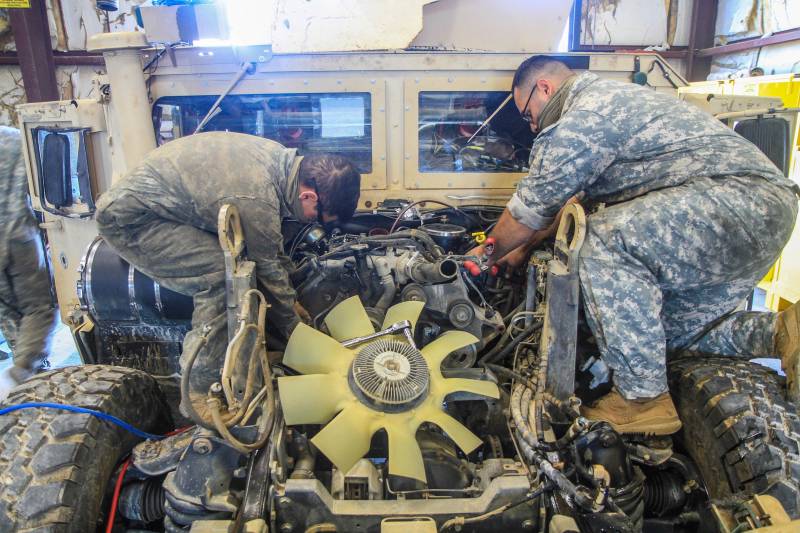

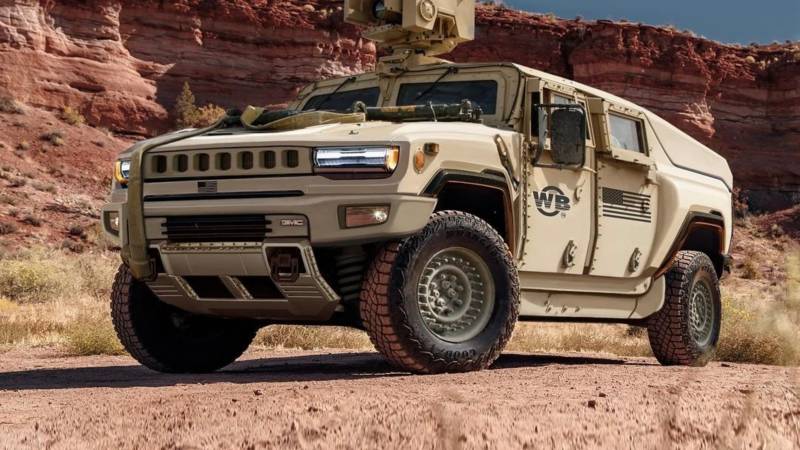
Information